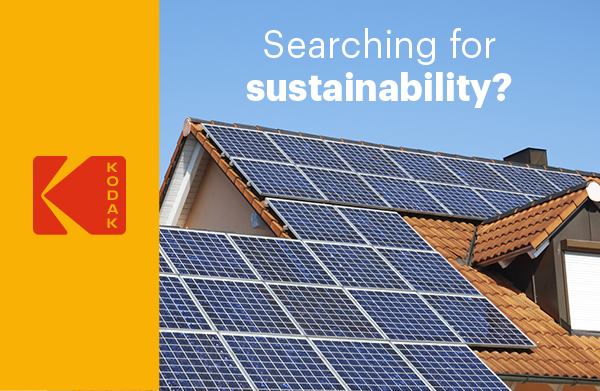The climate crisis has become hard to ignore — with increasingly common extreme weather conditions like record-breaking temperatures and droughts interfering with agricultural production and bringing international trade to a halt. But for Africa, the continent most vulnerable to the effects of climate change, going ‘green’ is not a recent addition to the ‘to-do’ list.
Lack of water, stagnating food production and low economic growth have always threatened the country’s stability, and recent struggles have just exacerbated this. South Africa’s load shedding crisis, for example, has left many homes and businesses without power — and adopting more sustainable energy solutions has long been considered the solution.
So, which practices can you adopt to live more sustainably — big or small?
Stick with solar power
The best way to live more sustainably in current conditions is, of course, to cut your ties with the national grid.
Eskom currently relies on coal for electricity, which releases large amounts of the greenhouse gas carbon dioxide when burned — thus contributing to the ever-worsening effect that these fumes have on the rising temperature of our planet. And because they are using outdated, inefficient facilities, the country’s coal plants are about as far from eco-friendly as it gets.
Solar is undeniably the best way for South Africans to transition away from coal power, as the 2,000 hours of glorious sunshine the country boasts each year make this an extremely reliable energy source whether the grid is available or not. Plus, best of all, it is free to run them after the PV system has been installed — and they typically do not need replacing for around 25 years.
An off-grid PV system is the most sustainable, cost-effective choice, as solar batteries allow you to store surplus energy for use when the sun is not shining — like at night or in the darker winter months — and leave coal power behind for good.
However, installing a PV system is an investment. So, if you would like to try a few more things before taking the plunge, there are plenty of other sustainable adjustments you can make to your home by simply upgrading what is already there.
Work on your windows
Old windows can play a massive role in the energy efficiency of your entire home because they are typically single-glazed, meaning only a single pane of glass stands between the inside and the outside. This naturally offers limited protection from energy transfer, meaning the money spent on regulating your home’s temperature literally goes out the window.
On the other hand, double-glazed windows can be up to 100% more efficient than their single-glazed counterparts, thanks to an insulating vacuum layer between two pieces of glass. This, alongside the use of blinds or curtains, can help you conserve the energy you use — meaning you have to use less day-to-day.
Upgrade your appliances
You might think that the more years of use you can get out of something, the more sustainable it is. Whilst this may be true for some items, like clothing, it is not the case for your appliances.
Outdated appliances are not usually equipped with the energy-saving features often found in newer models, and they become increasingly less efficient as they age. A five-year-old refrigerator consumes around 10% more energy than when it was new, a 10-year-old fridge consumes 20% more, a 15-year-old fridge consumes 30% more, and so on.
So, if you want to live more sustainably, you should consider replacing old appliances such as kettles, toasters, dishwashers and washing machines with better, more modern ones. Most appliances now come with handy energy ratings so you can select the most efficient model and maximise the amount of money you save down the line.
If you are ready to start your solar journey with straightforward, affordable products, KODAK Solar Products can help. Simply fill out the form today to be contacted by a skilled local installer.




